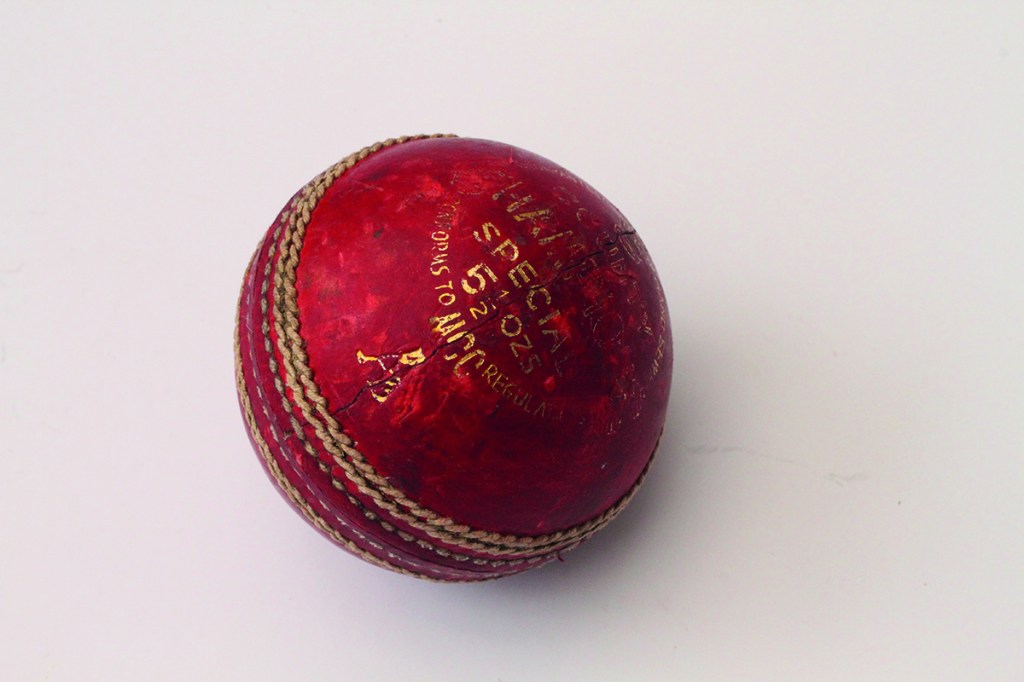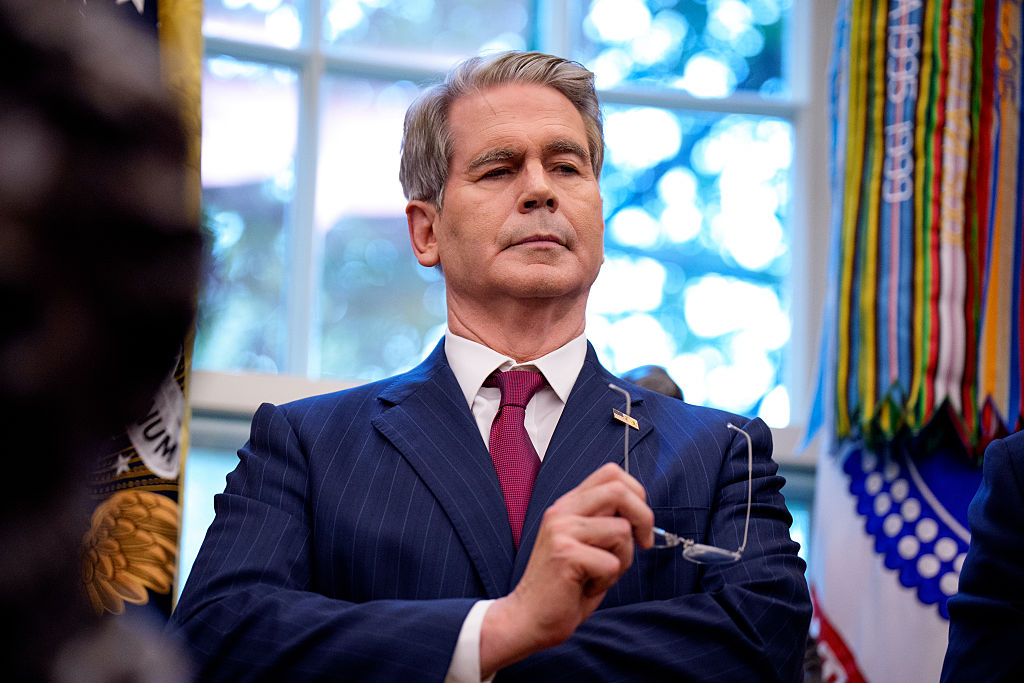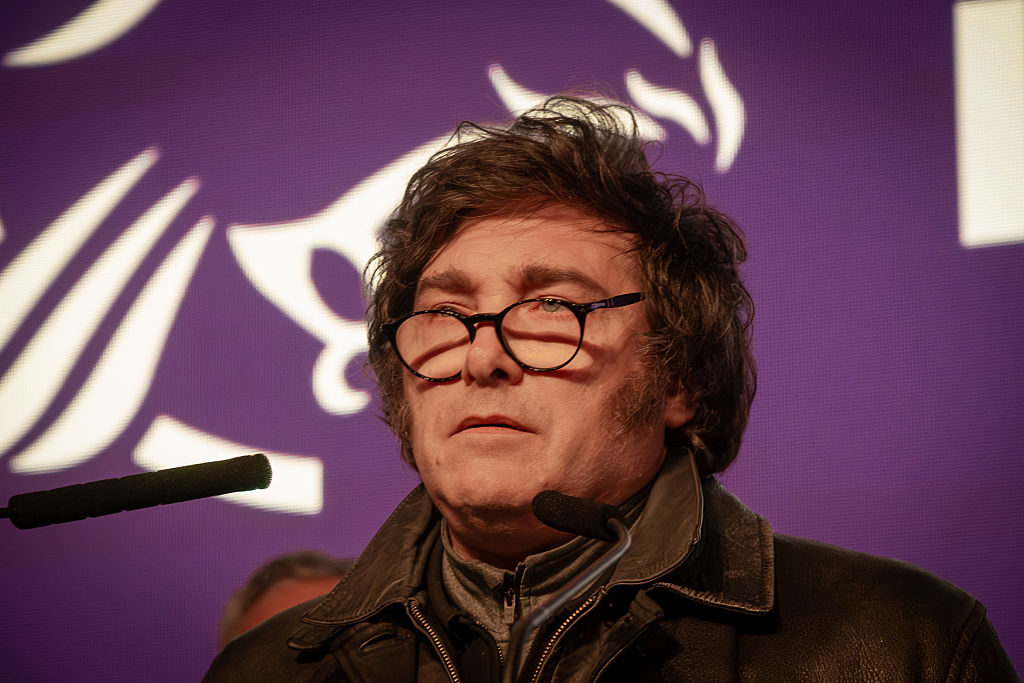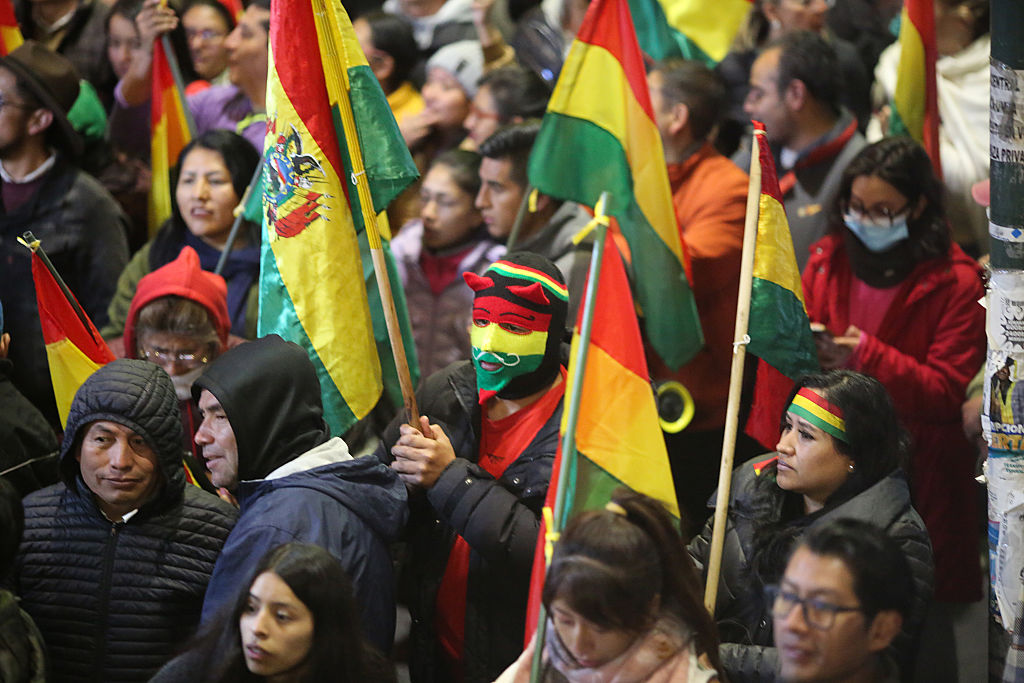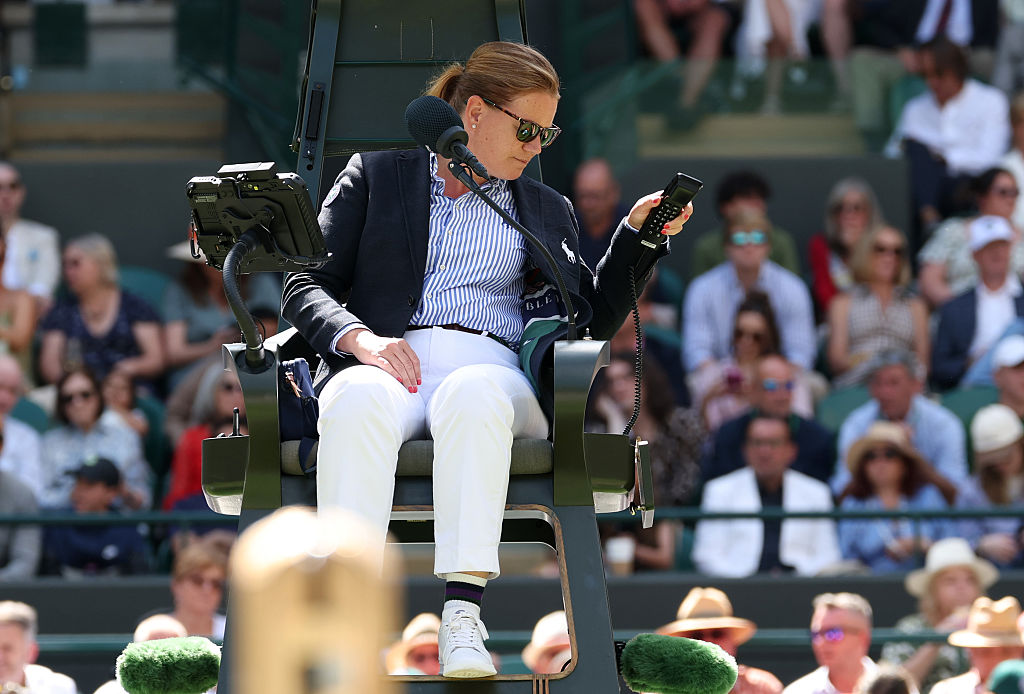For most Latin Americans, who are themselves no strangers to sporting eccentricity, cricket remains a baffling proposition. The game is dismissed as being far too English and is often confused with croquet. Ignorance, however, does not preclude peculiar theories on how the game is played. I remember a Uruguayan diplomat attempting to explain the rules to a colleague who had recently arrived in London. “It’s very simple, che. All you need to know about el críquet is that when the ball hits those three little sticks, it’s a goal.”
In the nineteenth century, cricket was played across Latin America. Matches were sometimes held in fantastic surroundings: Emperor Maximilian I donned his white flannels in the grounds of Mexico City’s neoclassical Chapultepec Castle. But while football became popular throughout the continent, cricket remained a sport for the elite. Only in Argentina was the game played to any kind of standard.
At the end of last year, I was invited to play for a Uruguayan XI against a team of ex-Argentina internationals (for many of us our best playing days were a distant memory) at the Belgrano Athletic Club in Buenos Aires. Surrounded by the high-rise apartment buildings that dominate this most European of Latin America’s cities, the Victorian club and its distinctive cricket ground are remnants of a time when BA was home to the most sizable British community outside the Empire. The match was to commemorate the 150th anniversary of the first sporting international between the two River Plate nations.
In 1868, nine years before the inaugural Test match between England and Australia, Buenos Aires Cricket Club defeated the Montevideo Cricket Club in the Uruguayan capital. The Uruguayan president, Pedro Varela, said that though both teams consisted of Englishmen and sons of Englishmen “in the thing they loved the most, which was sport, they took Uruguayan and Argentine nationalities.” The game reached its zenith in 1927, when Argentina beat a touring British side. But twenty years later, when the Argentine president Juan Domingo Perón started nationalizing the British-owned railways, the bell began to toll for the Anglo-Argentine community. The Buenos Aires Cricket Club’s pavilion mysteriously burned down after Evita Perón requested that the club’s grounds be used for one of her welfare schemes and the committee unwisely declined the invitation.
Uruguayan cricket has not improved in the intervening years and we slumped to a heroic defeat by our fiercest rivals. As I left the club and walked along the quiet, jacaranda-lined streets, I could not help but feel nostalgic for what might have been, if Argentina had continued to embrace this most idiosyncratic of games. I also thought of the Anglophile Argentine writer Jorge Luis Borges. To the end of his life, he remained puzzled by Argentina, which he said he could not “pretend to understand.” Another thing Borges did not understand was why the English were not criticized more for filling “the world with stupid sports.” He had a point.
This article was originally published in The Spectator’s April 2022 World edition.



